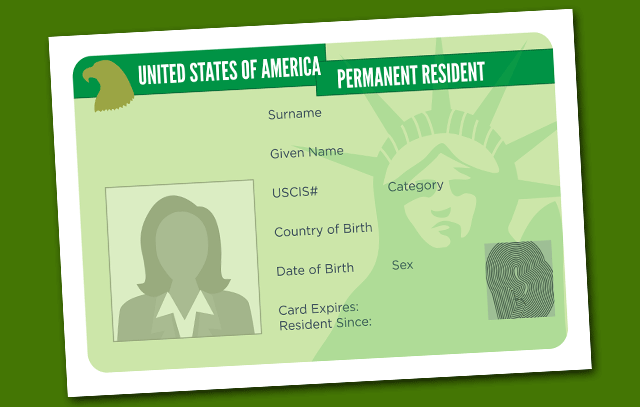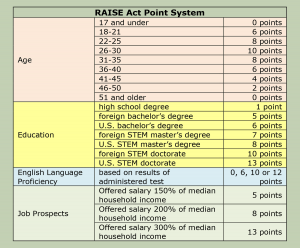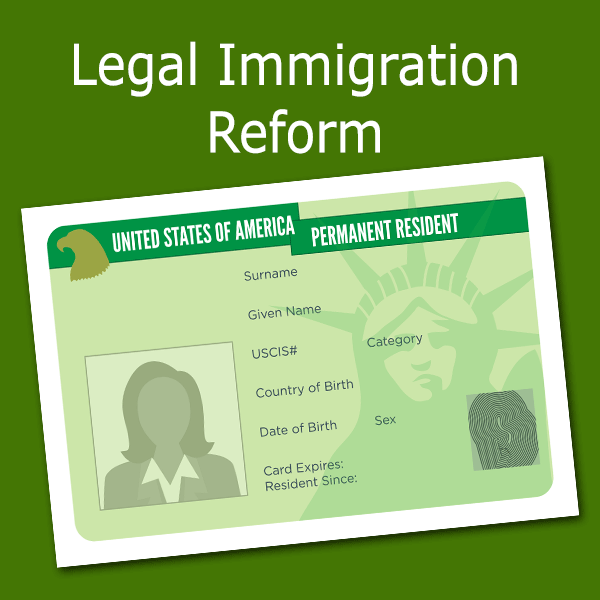
by Lil Tuttle
Immigration is a thorny topic in the political arena, and a frequent topic among ordinary Americans who want the problem solved. A new piece of legislation, Reforming American Immigration for Strong Employment (RAISE) Act, introduced by Senators Tom Cotton (R-Ark) and David Perdue (R-GA) may help break the political logjam and give American voters the reforms they clearly want to see enacted.
The RAISE Act would create a merit-based legal immigration system, using a point system modeled after that of Canada and Australia, that gives priority to high-skilled, English speaking immigrants.
Merit Based Point System
A minimum of 30 points would be required to qualify to apply for admission. Points are awarded based on the applicant’s age, educational attainment, English language proficiency and job prospects in the U.S., with extra points awarded for extraordinary achievements (e.g., a Nobel Laureate would earn 25 points) and new commercial initiatives (e.g., a three-year, million-dollar-plus investment in a new business would earn 6 points).

Scaling Back the ‘Chain Migration’ System
The legislation, which has been endorsed by the Trump Administration, would cut back the existing family-based, or ‘chain migration’, immigration system by limiting family sponsorships to only spouses and minor children 18 or younger.
Under current law, U.S. citizens can sponsor spouses, minors, and parents without limit (as well as a limited number of adult children and siblings). Lawful Permanent Residents (LPR) can also sponsor spouses, minor children, and adult unmarried children.
Almost 65% of the 1,051,031 Lawful Permanent Residents admitted in 2015 were family sponsored. LPRs may live and work anywhere in the U.S., own property, attend public schools and colleges, and apply to become citizens. The top 5 nations of origin of LPRs admitted in 2015 were Mexico (15.1%), China (7.1%), India (6.1%), Philippines (5.4%), and Cuba (5.2%).
Analysts estimate the RAISE Act would effectively reduce overall legal immigration from 1.1 million per year to about 550,000 annually. It would also be expected to benefit the U.S. economy since new immigrants would be better qualified and prepared to support themselves, relieving some of the burden on federal, state and local social welfare programs.

